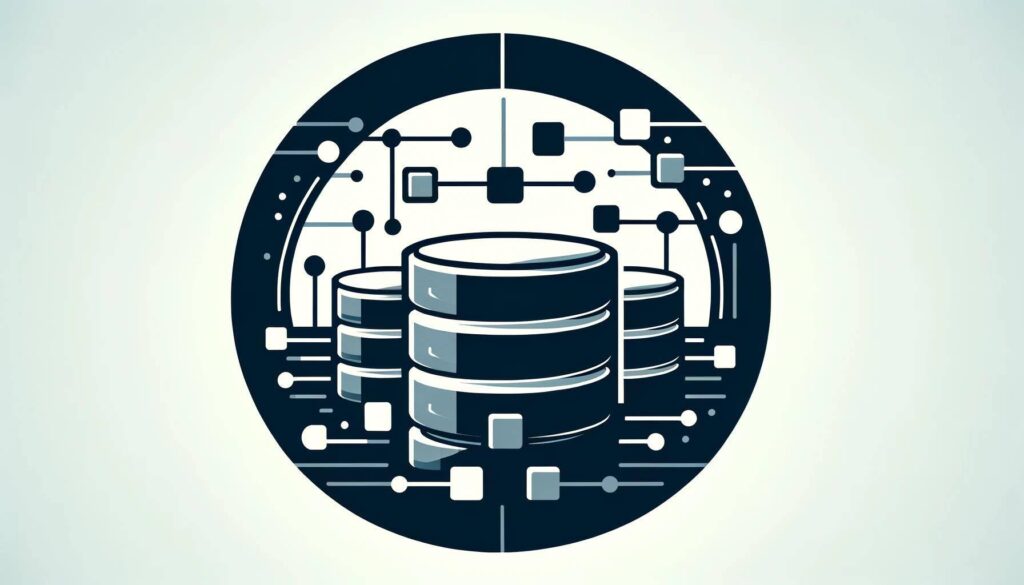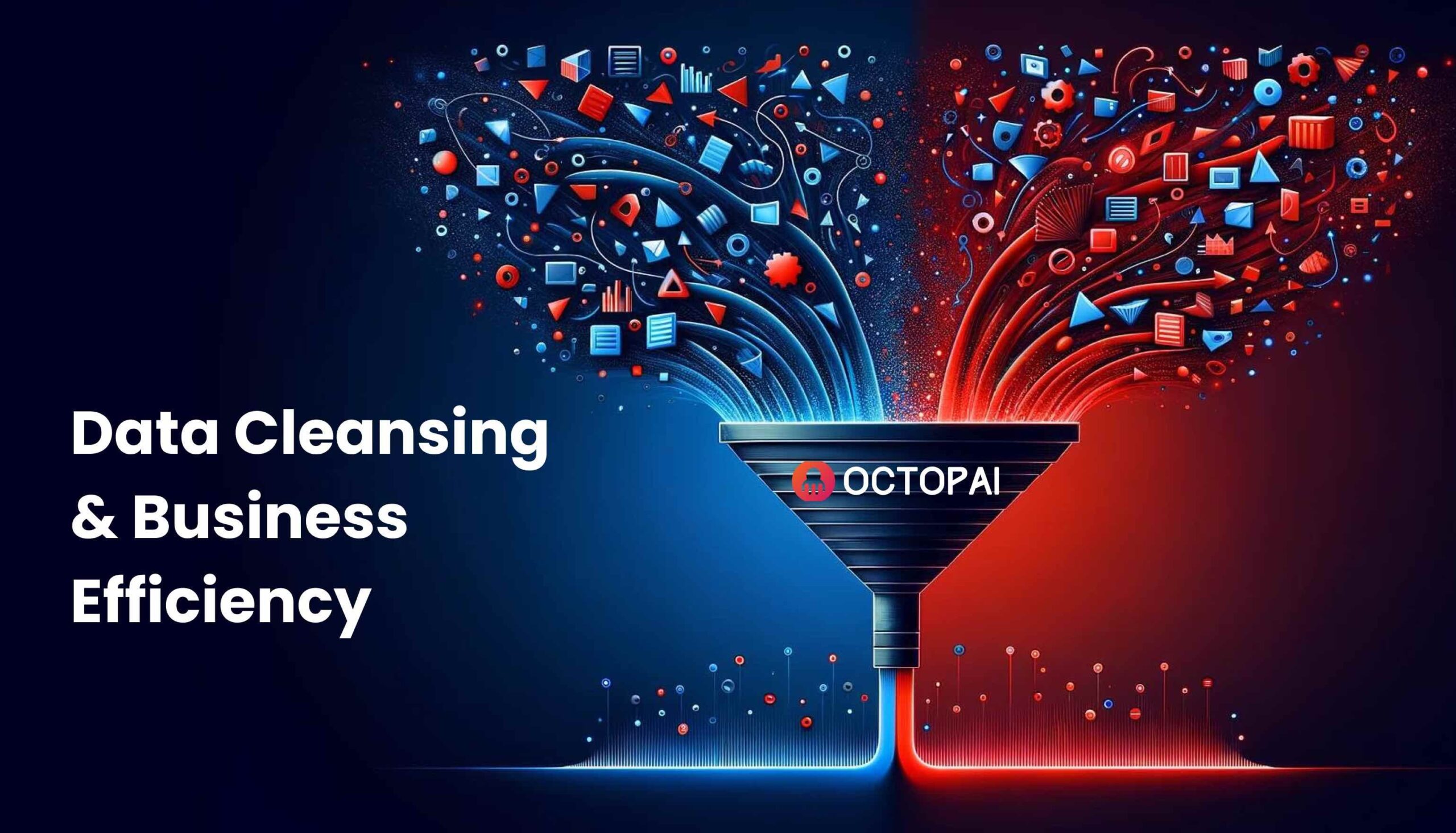Revolutionizing Data Management: Octopai’s Role in Data Cleansing and Business Efficiency
In the digital age, where data is ubiquitously hailed as the new oil, its management goes beyond mere cleanliness to encompass strategic asset optimization.
The real challenge lies not in the accumulation of data but in harnessing its true potential through effective cleansing, management, and optimization strategies.
Here, we delve into how Octopai’s automated data lineage platform is pivotal in transforming data management practices, thereby affecting ROI, reducing technical debt, and facilitating seamless migration and modernization efforts.
A Strategic Approach to Data Cleansing
With Octopai’s automated data lineage, data cleansing transcends its traditional role, becoming a strategic endeavor that drives efficiency, ensures data integrity, and unlocks business insights. In the fast-paced world of data management, Octopai stands out as a vital solution for any organization looking to enhance its data cleansing practices and, by extension, its overall data management capabilities.
As we move forward, the ability to manage data smartly, efficiently, and proactively will continue to be a competitive advantage, making solutions like Octopai indispensable for data-driven organizations.
Broadening the Scope of Data Cleansing
Data cleansing, traditionally viewed through the narrow lens of removing inaccuracies or duplications, has evolved. It now stands at the forefront of a multifaceted strategy that significantly impacts an organization’s ROI, technical debt, migration, and modernization projects. Effective data management transcends the act of cleaning data; it involves a comprehensive understanding and optimization of data flow and its utility across the organization. This paradigm shift mandates a move from reactive data cleansing to proactive data optimization and strategic asset management.
Navigating the Challenges in Achieving Data Clarity
The path to achieving data clarity is fraught with complexities, especially in the absence of automated tools. Organizations often grapple with the identification of redundant, outdated, or unused data assets, which not only clutter the system but also pose significant risks and inefficiencies.
The manual processes involved in tracing data lineage, understanding data interdependencies, and assessing the relevance of data assets are time-consuming and prone to errors, undermining data integrity and operational efficiency.
Octopai’s Automated Approach to Data Mastery
Automated Metadata Harvesting Engine
At the heart of Octopai’s solution is its advanced metadata harvesting engine, a technology designed to automate the creation of data lineage. This solution provides deep insights into the data ecosystem, charting the journey of data across systems and processes.
Such insights are crucial for initiating comprehensive data hygiene and cleansing projects, as they allow for a granular understanding of how data is generated, transformed, and consumed within the organization.
Visibility and Assessment
One of the foundational steps in enhancing data hygiene is gaining visibility into the existing data landscape. Octopai excels in this domain by enabling teams to swiftly identify orphaned and duplicated assets.
This visibility is instrumental in assessing the current state of data hygiene and pinpointing opportunities for targeted cleansing efforts. By mapping out the data landscape, Octopai helps organizations understand the breadth and depth of their data assets, facilitating informed decision-making.
Understanding Asset Consumption
A critical aspect of data optimization is understanding which data assets are actively used versus those that are not.
Octopai’s solution analyzes data consumption patterns, helping teams discern the value of data to the business.
This analysis guides strategic decisions regarding which data assets to retain, clean, or remove. Such discernment ensures that resources are allocated efficiently, focusing on maintaining and optimizing data assets that drive business value.
Prioritizing Data Assets
With a comprehensive understanding of data asset consumption, Octopai aids organizations in prioritizing their cleansing efforts. By identifying underutilized assets—such as reports that have not been accessed in the last six months—Octopai enables teams to make data-driven decisions on which tables, reports, and ETL processes to refine or decommission.
This prioritization ensures that cleansing efforts are not just systematic but strategically aligned with business operations and goals.

The Strategic Imperative of Data Cleansing
Transformative Efficiency in Decommissioning and Cleansing
One of the most tangible benefits of leveraging Octopai’s automated data lineage is the unprecedented efficiency it brings to what were once time-consuming tasks. Consider the process of decommissioning a database and identifying all connected reports.
Traditionally, this could easily consume at least three days of meticulous work, combing through databases and tracing data flows.
With Octopai, however, this daunting task is reduced to a mere hour. This isn’t just a marginal improvement; it’s a transformative change that can significantly accelerate project timelines and reduce the workload on data teams.
Efficiency Redefined: Accelerating Data Cleansing Projects
The traditional approach to data cleansing is often time-consuming and labor-intensive, with data teams spending days, if not weeks, navigating through complex data environments to identify inaccuracies, redundancies, and obsolete data.
Octopai changes the game by drastically reducing the time required for these tasks. What used to take days can now be accomplished in mere hours, thanks to Octopai’s ability to automate the tracing and mapping of data lineage. This efficiency not only speeds up the cleansing process but also allows teams to reallocate valuable time towards more strategic data initiatives.
Beyond Cleansing: Gaining Visibility into Data Flows
While cleansing is a critical component, the true power of Octopai lies in its ability to provide complete visibility into the data flows within an organization.
This visibility is crucial for identifying hidden inefficiencies, redundant data, and opportunities for optimization.
By illuminating the pathways through which data travels, Octopai enables data teams to make informed decisions about where cleansing is most needed, ensuring that efforts are focused and impactful.
Empowering Proactive Data Management
Octopai’s automated data lineage is not just about reacting to data issues as they arise; it’s about proactively managing the data landscape.
With comprehensive insights into how data is used, transformed, and stored, organizations can anticipate potential disruptions, identify areas for improvement, and secure the integrity of their data. This proactive stance on data management is a leap towards maintaining a clean, efficient, and reliable data environment.
Simplifying the Cleansing Process
The complexities of modern data ecosystems make cleansing a daunting task. Octopai simplifies this process by automating the detection of data anomalies, duplications, and orphans. This not only makes the cleansing process more straightforward but also ensures a higher degree of accuracy and completeness in the cleaning efforts.
By reducing the manual labor involved in data cleansing, Octopai allows data teams to focus on strategic analysis and decision-making.
Conclusion
In an era where data’s strategic value is unparalleled, Octopai’s automated data lineage emerge as indispensable allies for organizations aiming to harness the full potential of their data assets. By automating the intricacies of data management—from lineage tracing to asset prioritization—Octopai empowers organizations to transform their data cleansing practices into a strategic framework that drives efficiency, reduces technical debt, and fosters innovation.
As businesses continue to navigate the complexities of digital transformation, the role of automated data lineage in achieving data mastery and operational excellence cannot be overstated.







